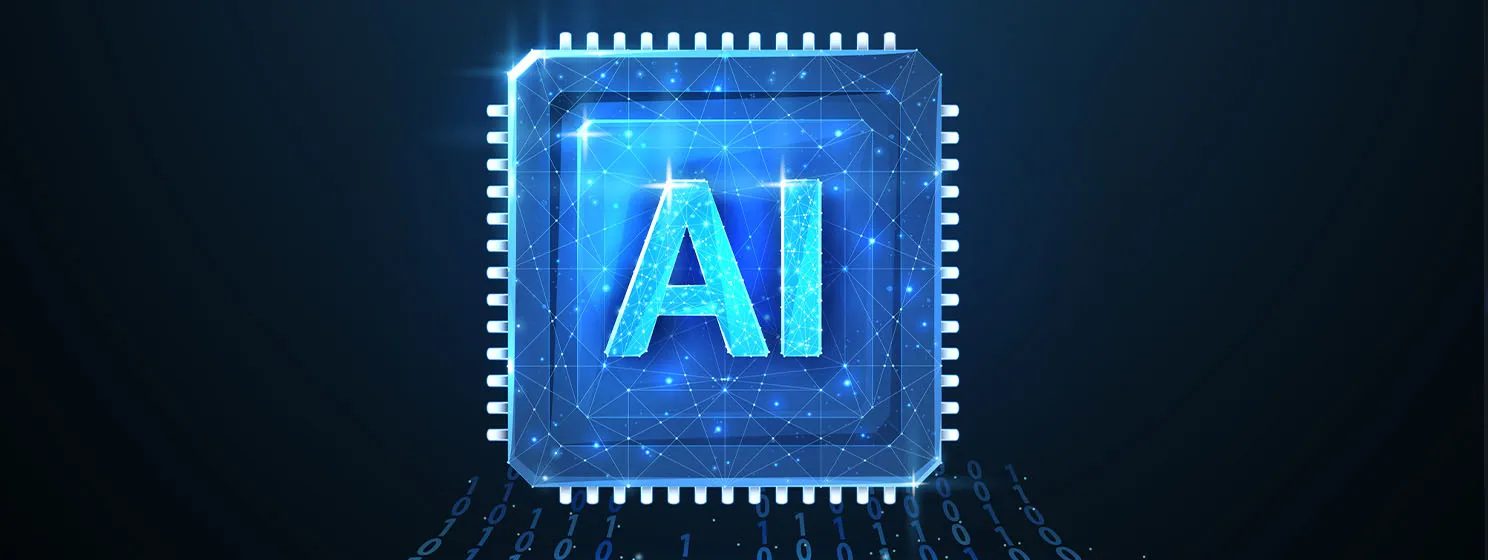|
Getting your Trinity Audio player ready...
|
The Reserve Bank of India (RBI) feels generative AI, or gen AI, will supply $359-438 billion to India’s gross domestic product (GDP) by 2029-30. Simultaneously, Indian firms’ AI integration into production processes increased to 25% in 2024 from 8% in 2023.
“India has also committed Rs. 1.25 trillion towards its semiconductor industry development,” Michael Debabrata Patra, Deputy Governor of RBI, said at the DEPR Conference on Digital Technology, Productivity and Economic Growth in India.
“It is estimated that the digital economy currently accounts for a tenth of India’s GDP; going by growth rates observed over the past decade, it is poised to constitute a fifth of GDP by 2026,” Patra added.
India has one of the largest artificial intelligence (AI) talent bases, Patra said, adding that the country is uniquely positioned to unlock new growth avenues and optimize existing ones with its digital public infrastructure (DPI), a vibrant information technology (IT) sector and young population.
The world’s biggest democracy is also at the forefront of the digital revolution, while the financial technology (fintech) sector is speeding up digital payments.
“Yet, new technologies also involve challenges: disruptions in respect of traditional technologies and the labour market; resource-intensity – demanding substantial investment in technology, learning, and infrastructure; potential cyber threats and data breaches; ethical concerns, data privacy and potential malicious use,” Patra pointed out.
How digitalization is helping the Indian finance sector
Micro-level evidence from surveys of Indian banks shows that while they all have implemented mobile and internet banking, 75% offer online account opening, digital know-your-customer (KYC), and digitally enabled doorstep banking, Patra informed. Additionally, 60% provide digital lending, 50% offer payment aggregator services, 41% use chatbots, 24% have adopted open banking, and 10% have integrated Internet of Things (IoT) technology.
“Private sector banks are leading this technology adoption,” Patra informed.
An AI-assisted analysis of the latest annual reports from Indian banks highlights several examples of productivity improvements achieved by Scheduled Commercial Banks (SCBs) through digitalization.
“Examples include monthly savings of 14,500 person-days, 25-30 per cent decline in customer acquisition costs, reduction of the use of 84 tons of paper, saving of four lakh litres of fuel in commutes to banks by customers, 40 per cent reduction in customer wait times at branches, 50 per cent reduction in the compliance monitoring time and shortening account opening time to less than a day,” he said.
“The launch of the UPI in 2016 is a significant milestone with positive externalities that are transcending our national borders,” Patra added. The UPI or Unified Payments Interface witnessed a milestone of 16.6 billion transactions in October alone, with successful instant debit reversals at 86%, up from 77% in the same month in 2023.
Addressing embedded financing needs
Embedded finance refers to integrating financial services into non-financial platforms or applications. This enables customers to access services like loans, insurance, and payments seamlessly without having to leave the app or website they are using.
“The global market for embedded finance is estimated at USD 66.8 billion in 2022 and is projected to experience a CAGR of 25.4 per cent from 2023 to 2032,” Patra informed. He pointed out that the growing significance of embedded finance is evident in its share of FinTech funding, which has increased from 2% in 2020 to 9% in 2024.
As of October 2024, approximately 5,000 active FinTech companies in India are offering various financial and technological solutions to businesses, including micro, small, and medium enterprises (SMEs), helping them optimize operations and enhance supply chain finance.
Patra said that about 40% of India’s rural population and 78% in the 20-30 years age group in the overall population use the internet, with approximately one-third of households engaging in online purchases of consumables and services, one-fourth in buying of consumer durables, and nearly one-tenth in food purchases.
“India is also closely involved with international organisations that are exploring the linkage of open finance API-based frameworks of different countries in a multilateral construct through initiatives like Project Nexus and mBridge…The overall approach has been to balance risk mitigation and financial innovation, maintaining clear communication with stakeholders, and adapting supervisory processes,” Patra said.
In order for artificial intelligence (AI) to work right within the law and thrive in the face of growing challenges, it needs to integrate an enterprise blockchain system that ensures data input quality and ownership—allowing it to keep data safe while also guaranteeing the immutability of data. Check out CoinGeek’s coverage on this emerging tech to learn more why Enterprise blockchain will be the backbone of AI.
Watch: Blockchain & AI unlock possibilities

 06-30-2025
06-30-2025 





